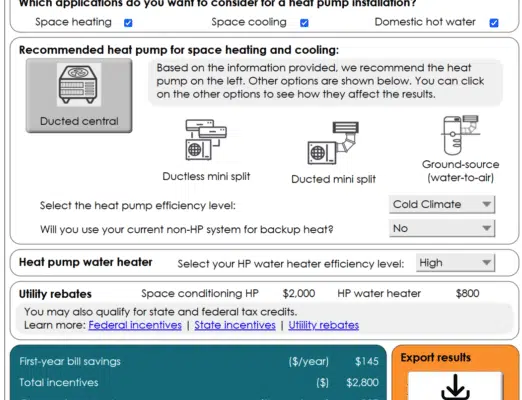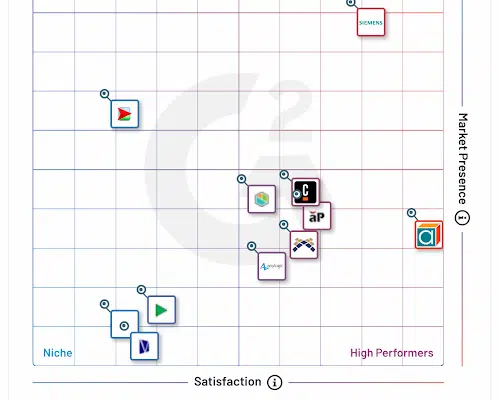Nobody is likely to disagree with the notion that decision support systems in healthcare are there to help people make better decisions. When things work well, it is capable of producing relevant results from complex datasets and preventing errors from occurring. When things go badly however, the decision support system can turn into license to fail or an excuse for a mistake (‘the DSS told us to do it’). While consequences can be catastrophic in business, they can be fatal in medicine or space launches. But is the DSS the real culprit and does it really have a role in either avoiding or encouraging errors?
The humanization of a machine
Different psychological factors come into play when an organization decides to use a decision support system. They include abdication of responsibility to the attribution of a personality to what is still a machine. Access to a DSS may be seen by some as a privilege, a symbol of status. Others may be reluctant to use it or admit to using it for fear that this will cause them to lose the respect of their peers, patients or clients. Successes and failures are accordingly more readily attributed to the DSS itself, rather than to its designers, implementers or users.
A decision support system is still GIGO
For those of you who like queuing theory acronyms like FIFO (first in, first out) and FILO (first in, last out), here’s a similar one: GIGO, or garbage in, garbage out. In other words, the quality of the conclusions or results from any decision support system depends on the quality of the inputs – as well as the internal logic. This is one of the major risks of using applications like spreadsheet software as a decision support system. The worksheet rapidly becomes too complex and too opaque for people to either easily understand the model on which the decision support system is based, or the potential errors that could creep in. The use of influence diagrams in Analytica makes it easier for even casual observers to comprehend the structure of the DSS and the relationships that are being modeled.
Health expenditure and DSS shyness
Recent estimates of US national healthcare spending for 2019 suggested a figure of $4.7 trillion, up from $2.6 trillion for 2009. By comparison, the GNP of the US today in 2013 is just under $16 trillion and the US National Debt is around $12 trillion. Any reasonable measure that helps reduce health costs while maintaining quality is a priori of interest. Sometimes however, patients themselves are against treatment based on a decision support system: ‘Patients object when they ask their doctor a question and then she or he immediately types in the question into their laptop and then reads back the answer. It gives patients the feeling that they just paid a $25 copay to have someone Google something for them’ writes David Williams, quoting study author James Wolf.
When it’s done right
There are however other cases where a decision support system has not only shown the way to reduced expenditure, but also to reduced medical error. The model built using Analytica by CITL (the Center for Information Technology Leadership showed the potential for saving around $44 billion annually by using computerizhttps://analytica.com/case-studies/CITL-healthcare-decision-analysised provider order-entry (CPOE) systems to avoid medical prescription errors. The comments by Eric Pan, MD, CITL are revealing: ‘…Analytica’s influence diagrams were the most natural tool to express our ideas about model structure… It can flexibly display simple point estimates or entire probability density plots, according to the interest of the user’.
The future of decision support systems
In the healthcare sector, the writing is on the wall. Healthcare payers want DSS in place because of its potential to reduce unnecessary claims. The US Government offers incentives under the 2009 HITECH (Health Information Technology for Economic and Clinical Health) Act. Physicians on average are smart enough to understand the potential of decision support systems; and smart enough to know that it may be overly ambitious to pick a fight over the matter with either Uncle Sam or the health insurance industry. The challenge will not be in resisting the DSS invasion, but in ensuring that decision support systems are used responsibly and within their limits.
If you’d like to know how Analytica, the modeling software from Lumina, can help you with decision support in all sectors of the economy, then try a free trial of Analytica to see what it can do for you.




